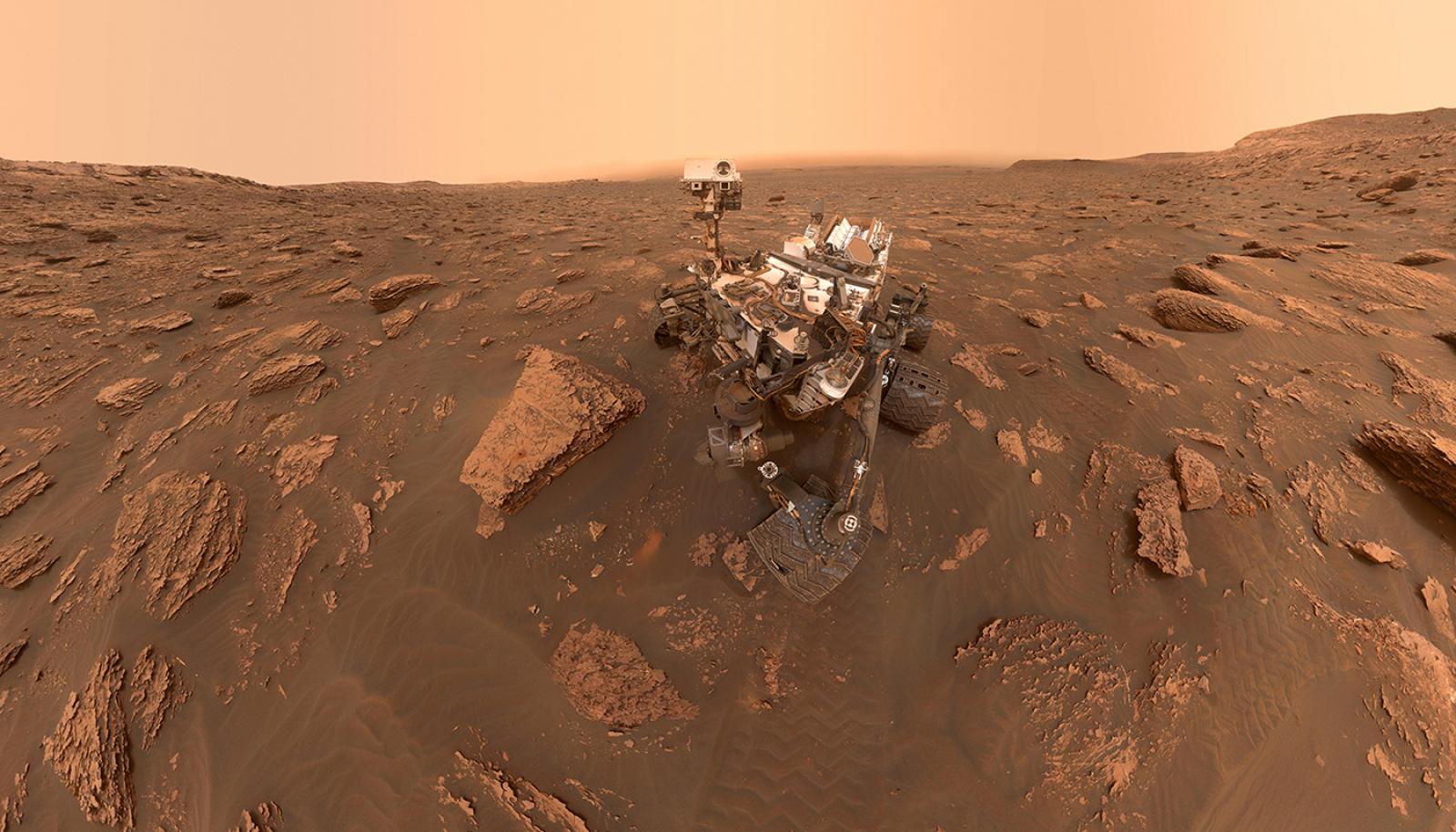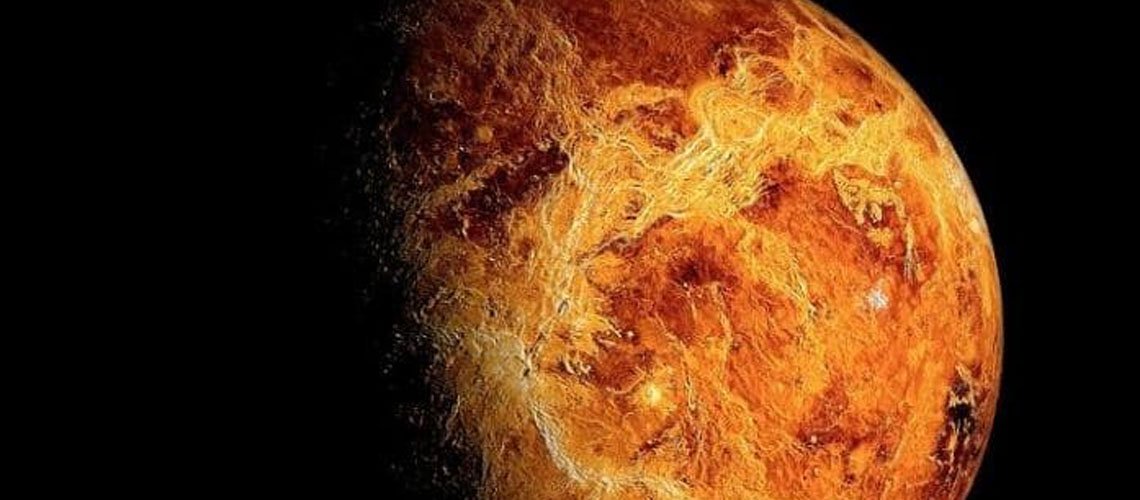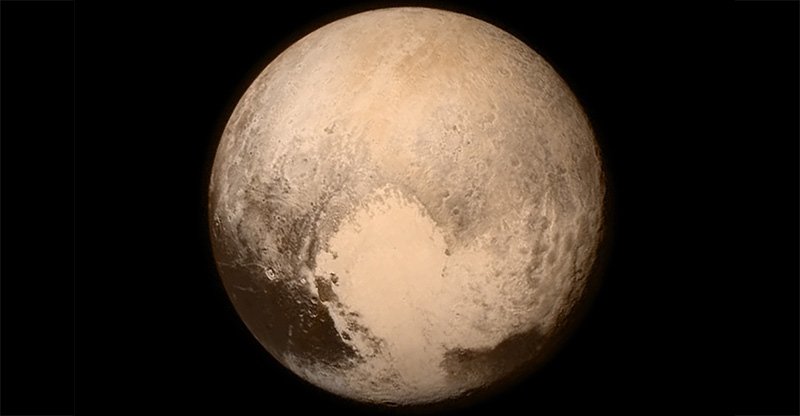© 2000-2023 - Enkey Magazine - All rights reserved
ENKEY SNC - VAT ID IT03202450924 / REA Code CA253701 - Phone. 078162719
Mars is surely the most studied, observed, explored and loved planet of the Solar System. Sure is the closest one, which sometimes is even visible with the naked eye, like a thiny red dot which burns in the dark of the night. It’s revered, dreamt and admired. But it’s not the only one with which we share the same Sun. There are other planets in this Solar System. They are less known, less studied and observed, but not for this reason less interesting. What do the other planets of the Solar System have of interesting and why are they less famous compared with the red planet?
Why is no one like Mars
But why are we so focusing on Mars? Why our space forces are mainly focusing there? Without any doubt it’s surely easier to reach and to explore. It’s our closer neighbor, in the opposite side of the Sun one and we don’t even need to pass by the asteroid belt. This saves us from hard problems to solve, like the heat and the solar winds that we will find in the opposite side, and the need to play dodge ball with a probe and an asteroid belt.

But this didn’t stop the human being to push himself a bit farther, we push ourselves a step away the Sun and besides the edges of the solar system. But no one is like Mars. No other planet, besides the Earth and Mars saw wheeled transports run on its surface. And this is another point in its favour. Yes, because on Mars, like on the Earth, we can walk, being it a rocky planet, with a sandy surface.
The planets towards the Sun
Even though this in the years of the space exploration we didn’t only go on our red cousin. The exploration is what makes human most, the desire to know. the irrepressible impulse to push ourselves ever farther.
Our Solar System is incredible, Mars is without any doubt its most famous representative, after the Earth and our natural satellite, the Moon. But there is much more. Do you know for example that there are mission that push themselves towards the Sun, which observe Venus, Mercury, until to look up the burny glow of our star.

Many probes flew by and observed Venus and some of them even landed on its surface. Really few to be honest, because it isn’t so easy to explore. The temperature on the ground, infact, is about 470 degrees and the pressure is 90 times the terrestrial one.
Exploring Mercury is even harder, with just a step away the Sun. To date only two probes arrived so farther to be able to enter inside its orbit.
The planets towards the edge of the Solar System
Even on the opposite side the space exploration has many problems. Besides the asteroid belt there are the giant gaseous. Right after Mars there is the giant gaseous Jupiter. Many missions saw as their target Jupiter but no one of them was able to reach its surface, right because this planet doesn’t have a real surface. And without any doubt many other there will be. It’s the closest giant gaseous and so the easier to reach and study.

Afterwards we find the magestic and sparkling Saturn, with its rings. The probes Voyager 2 and Cassini were the only ones to be able to closely observe it and to discover many of its secrets.
Very few probes passed this limit, by reaching Uran, the Voyager 2 and the New Horizons. This one closely observed even Neptune, Pluto and Caronte, by arriving to the Kuiper belt and going besides the edges of the solar system.
This post is also available in:
 Italiano
Italiano

